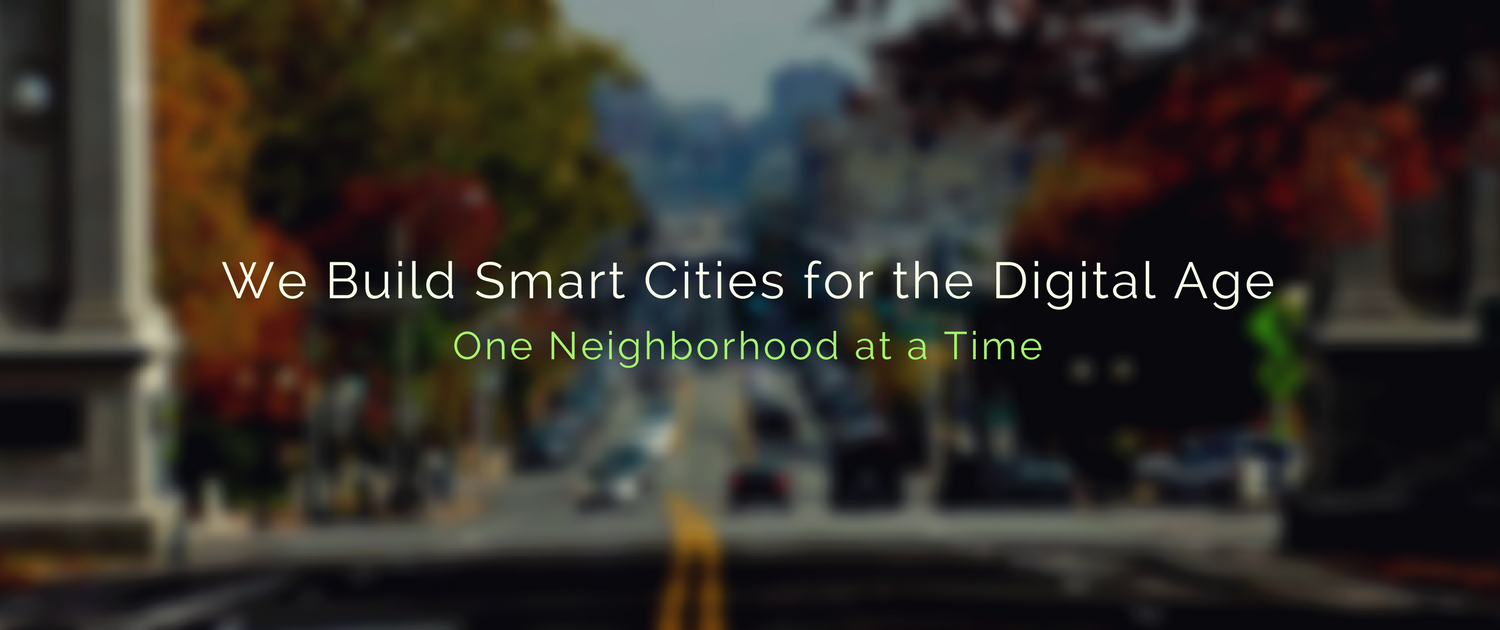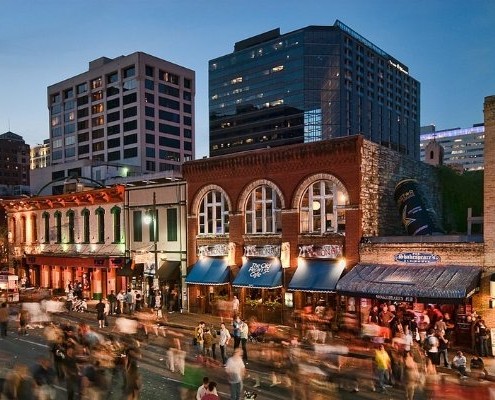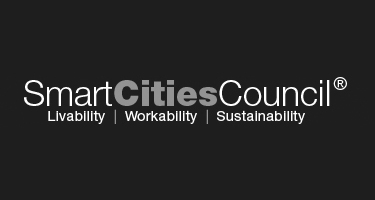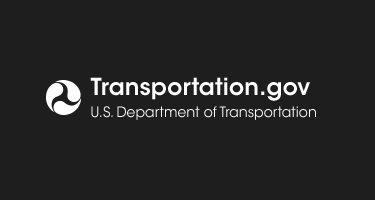DIGITAL MAIN STREET USA
In the heart of today’s digital economy, technology professionals leverage software, data, and innovation to unlock opportunities that transform communities. iNeighborhoods reimagines the American industrial legacy, bridging it with the socio-economic potential of the future. By integrating high-speed data, Smart City technologies, and vibrant cultural and recreational offerings, iNeighborhoods creates spaces where residents thrive and creativity flourishes.
A Hub for Innovation and Collaboration
Smart City innovations are the cornerstone of our neighborhoods, attracting coders, creative professionals, entrepreneurs, and developers in fields such as AI, geospatial technologies, and IoT. Seamless communication, powered by ultra-high-speed data and mobile Internet access, fosters effortless collaboration and connectivity, empowering innovators to design the future.
A Community for All
Welcome to your iNeighborhood: an inclusive, forward-thinking community where creativity and talent converge. Here, new residents find not only cutting-edge technology but also a welcoming atmosphere enriched by public and private sector opportunities. Our neighborhoods are designed to connect people, ideas, and resources, offering a balanced blend of digital transformation and human-centered experiences.
The Digital Economy Meets Local Culture
More than just a tech hub, iNeighborhoods celebrates the diverse cultures and recreational amenities that define our communities. Trendy art districts, outdoor events, and shared public spaces merge with digital connectivity to create vibrant, live-work-play environments.
Step into iNeighborhoods—a place where industrial heritage meets digital ingenuity, and the future is built one connection at a time.







